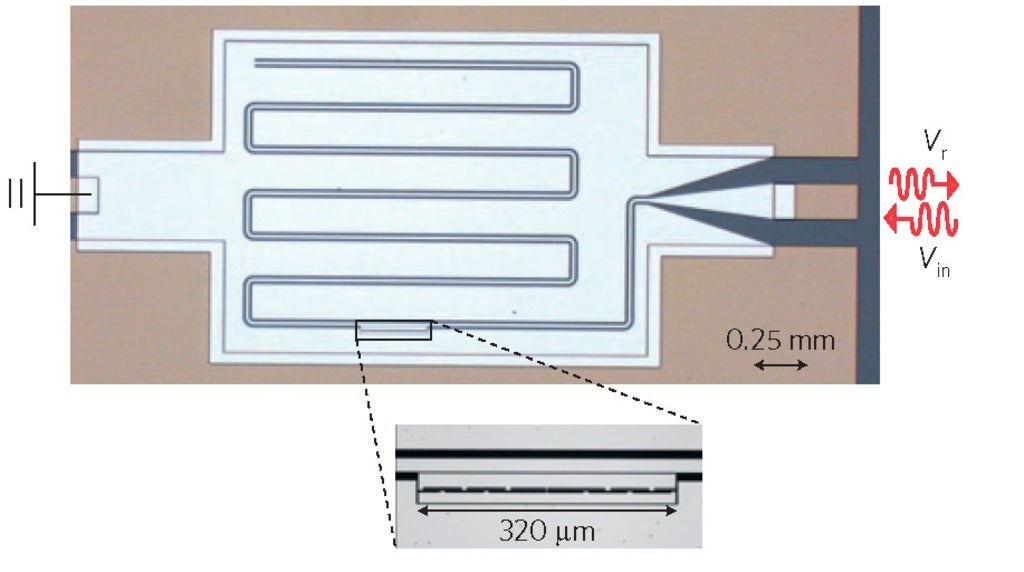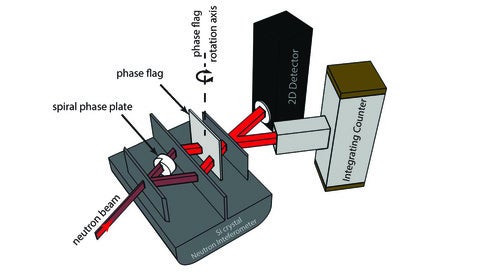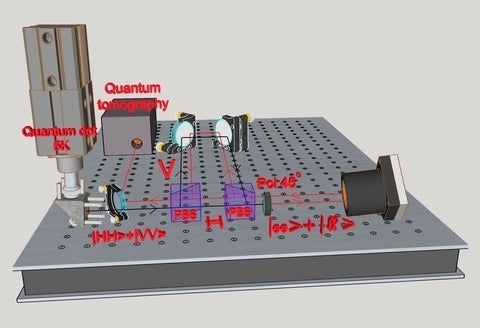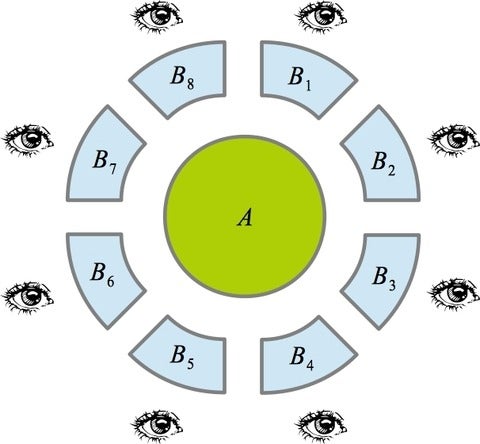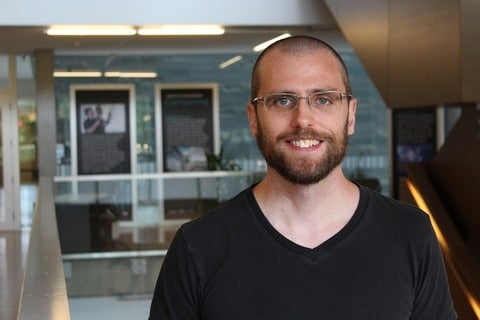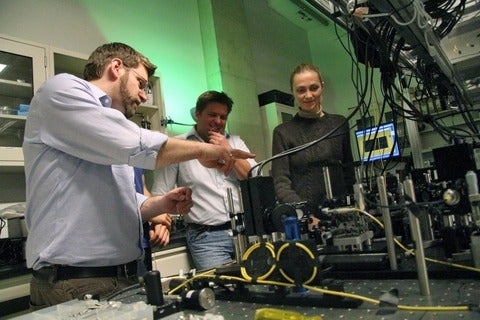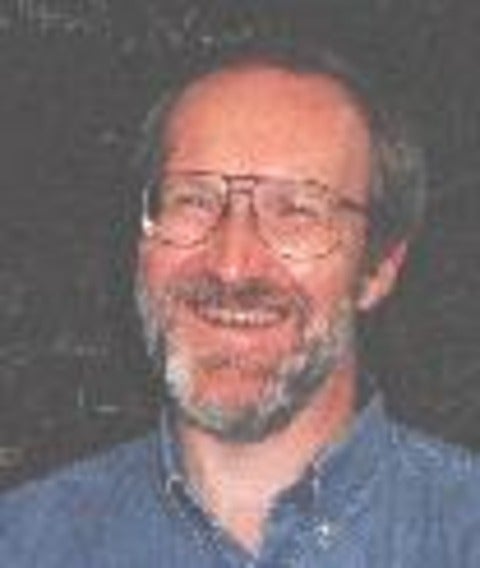The quantum vacuum takes shape
The concepts of a quantum vacuum and quantum vacuum fluctuations are still not accepted by everyone. However, a group of researchers including Christopher Wilson of the Institute for Quantum Computing have found further evidence that the two concepts are a reality. Through experiments conducted at Chalmers University of Technology, the researchers were able to probe the quantum vacuum fluctuations and not only measure their strength, but also map out their shape them.
